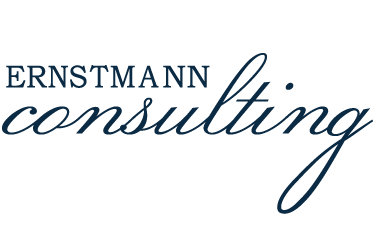Strategic Visioning
“Talisa has provided me with important and critical expertise which has allowed me to establish and implement various strategic initiatives. Her professionalism to my organization is considered to be a valuable resource for our success.”
Strategic visioning combines the best practices of strategic planning, visioning, and large-scale organization transformation. It enables organizations and groups to agree on compelling goals, breakthrough strategies and aligned action. By using large graphic templates to facilitate big-picture thinking and by encouraging participation and ownership from everyone involved, the strategic visioning process we use is very effective. Companies can spend a great deal of time and energy planning the way forward. But without buy-in and understanding of the vision by employees and management, success is difficult to achieve. Our strategic visioning process utilizes different activities designed to gain consensus and ownership. Some of these exercises include:
Graphic History - This activity orients participants to the organization's past by identifying major milestones and success stories. This process ensures a "level playing field" for participants before beginning the other exercises required for visioning.
Context Map - Participants identify internal and external market trends, economic and political factors affecting the business, technology issues and uncertainties. Once an exhaustive list of these issues is articulated through small group work, themes and trends are analyzed and implications for actions are discussed.
S.W.O.T. Analysis - This exercise examines the organization's strengths, weaknesses, opportunities, and threats. Internal strengths and weaknesses are differentiated between external opportunities and threats. The discussion of how the organization can leverage strengths and manage liabilities is key to this process.
Cover Story Vision - Through a highly creative and imaginative exercise, participants are encouraged to think about the ideal organization of the future. Through guided imagery they are tasked to think about how their organization might look and operate at some specified future date. The report out of this exercise is highly energizing and thought provoking. Typically a "real world" discussion of key findings adds relevant closure to this activity.
Five Bold Steps - After the Cover Story vision exercise, vision themes are identified. Participants are then tasked in small groups to develop three to five strategic goals that would support the vision themes. Through a lengthy process of consensus building, these steps are identified.
Graphic Game Plan - This exercise builds high-level operational plans to support the bold steps identified. Targets are developed and tasks/strategies are created to ensure attainment of the goal. This process can include detailed work breakdown structures and accountabilities.
Through this process, your organization can expect 1) group alignment on your strategic direction, 2) creation of a vision that is group-generated, 3) agreement on 3 to 5 bold strategies that will support your vision and 4) high-level operational plans to support the strategic goals you identified.

